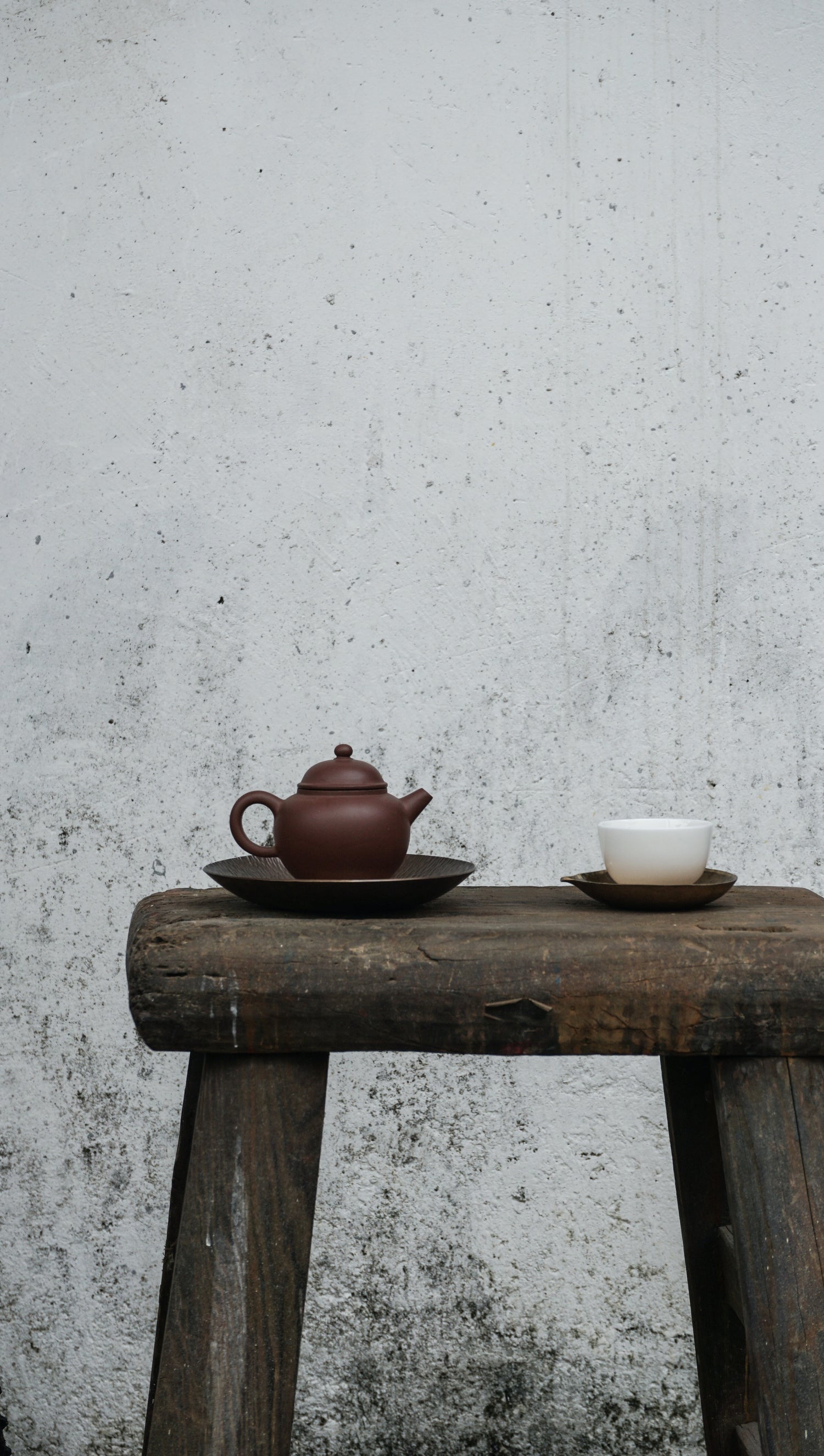Part I of IV
There are no words in English that either of the two Japanese words; wabi and sabi, translate to exactly. With surface level exploration, it becomes apparent that the thing we are trying to define is an aesthetic philosophy. A determinate characteristic of wabi-sabi is that it is hard to pin down a precise definition. Here is what some scholars have to say about it:
“Wabi means things that are fresh and simple. It denotes simplicity and quietude, and also incorporates rustic beauty. It includes that which is made by nature, and that which is made by man. It can also mean an accidental or happenstance element (or even a small flaw) which gives elegance and uniqueness to the whole, such as a pattern made by flowing glaze on a ceramic object.”
Sabi described as, “things whose beauty stems from age. It refers to the patina of age, and the concept that changes due to use may make an object more beautiful and valuable. This also incorporates an appreciation of the cycles of life, as well as careful, artful mending of damage.”
– J. Noel Chiapas | Independent Researcher
“Wabi-Sabi is a beauty of things imperfect, impermanent and incomplete. It is a beauty of things modest and humble. It is a beauty of things unconventional. … The closest English word to wabi-sabi is probably “rustic” … things wabi-sabi are unstudied and inevitable looking … unpretentious … their craftsmanship may be hard to discern.”
– Leonard Koren | Design Philosopher
In future blog posts we’ll touch on wabi-sabi’s history, examples, and ways we incorporate it in furniture design. To end with a rhetorical question: Perhaps the best way to illustrate what is wabi-sabi by stipulating what it is not ?
photo by Oriento on Unsplash
photo by Daniel Chen on Unsplash

